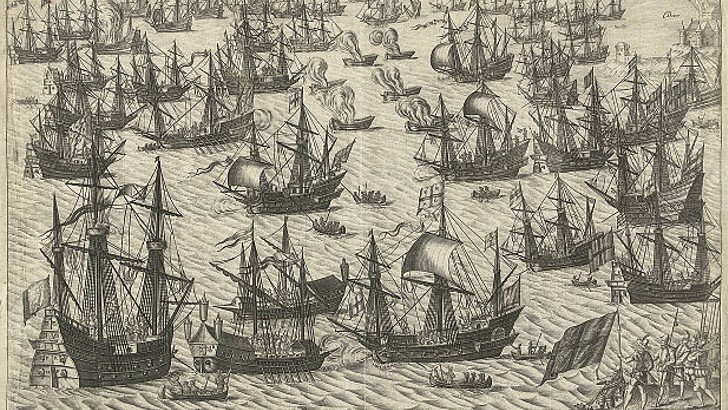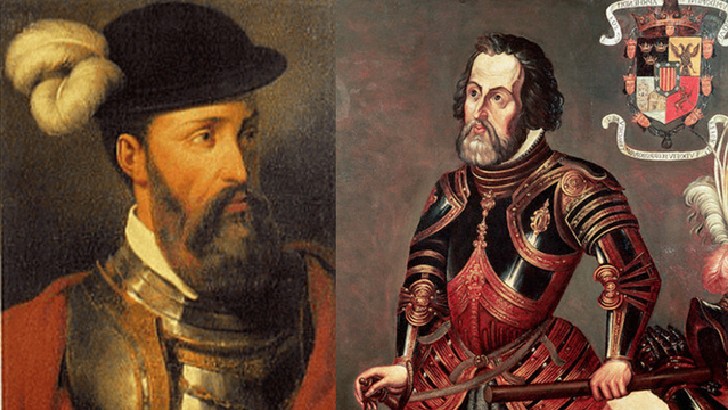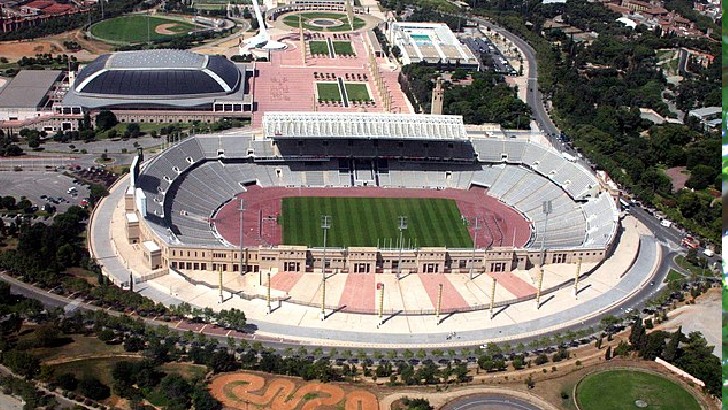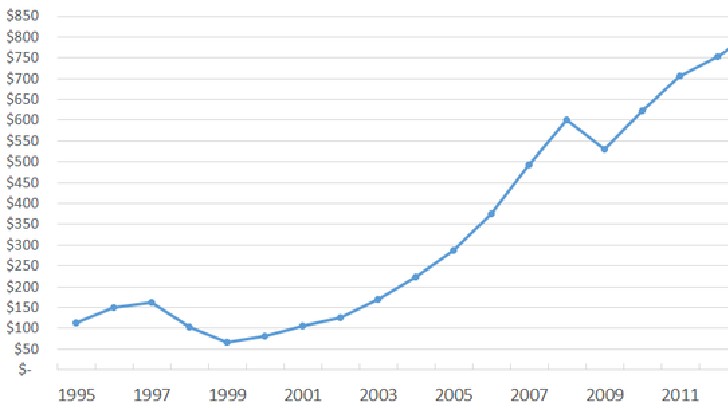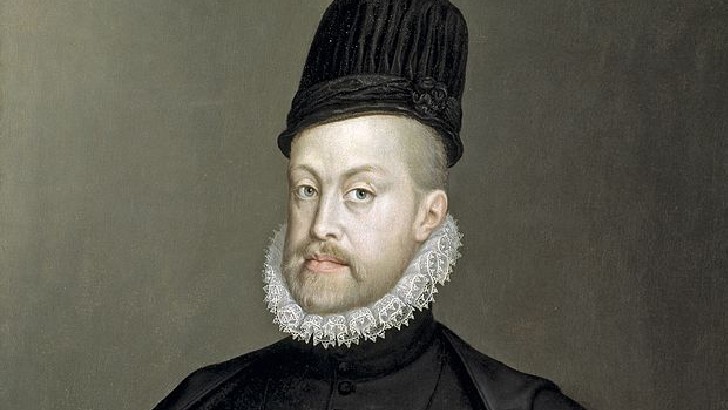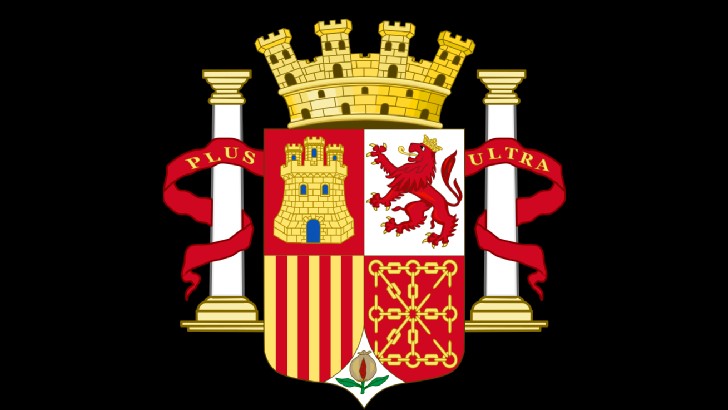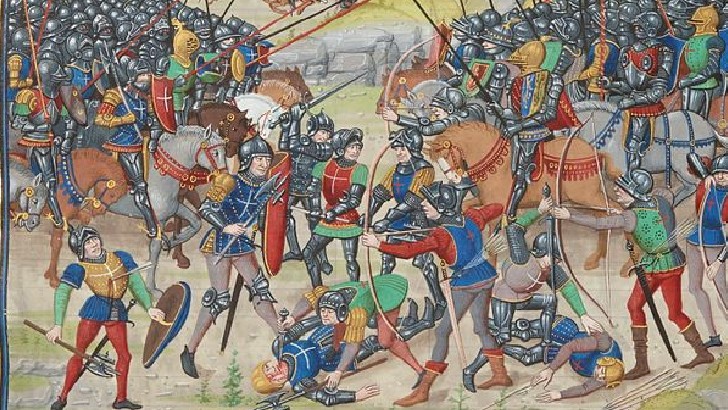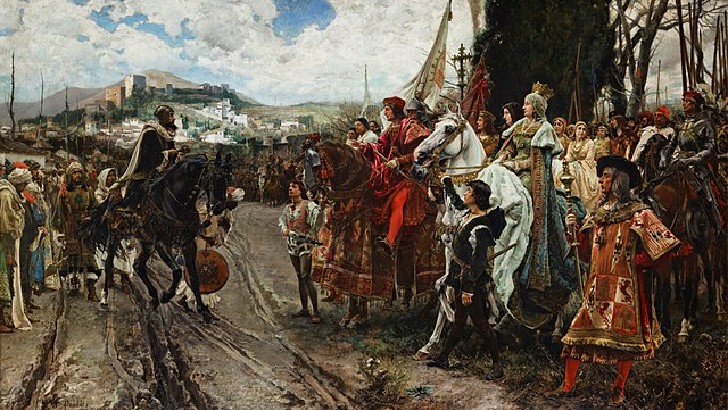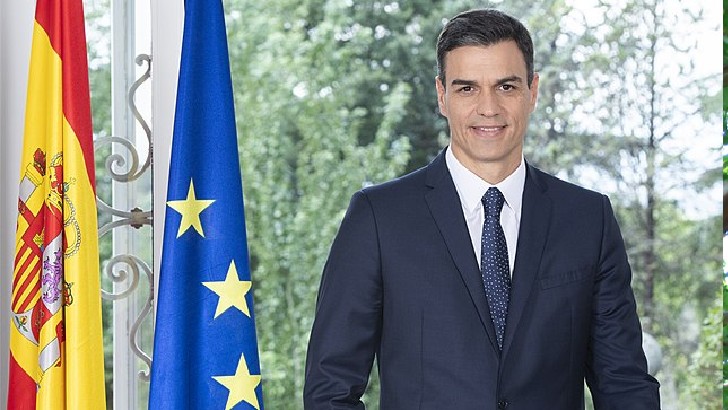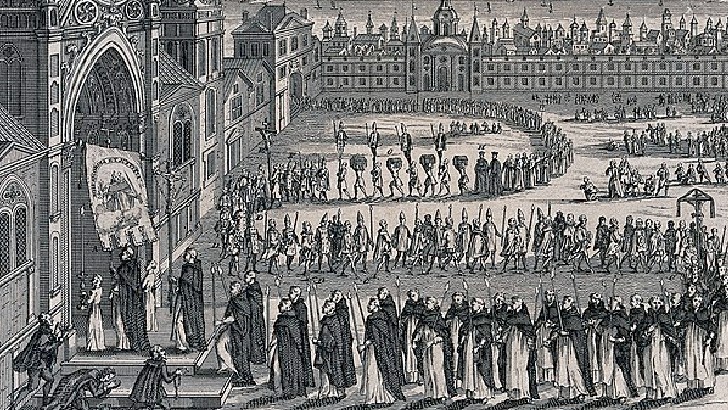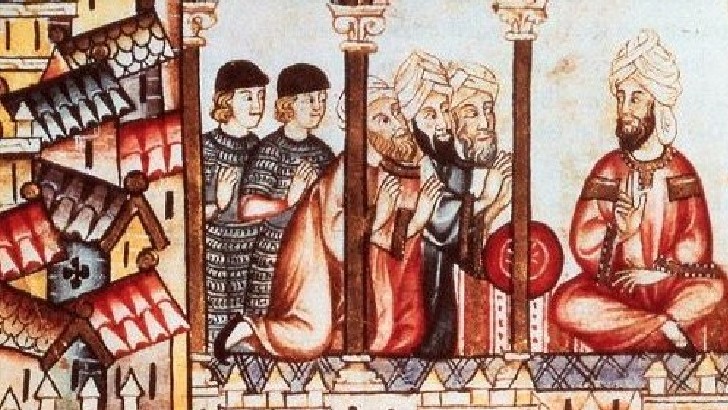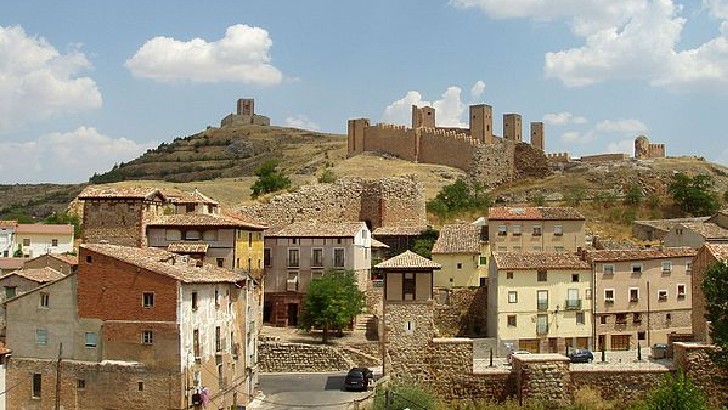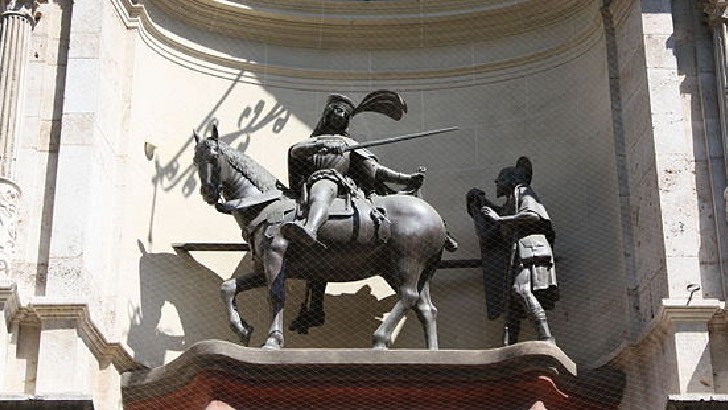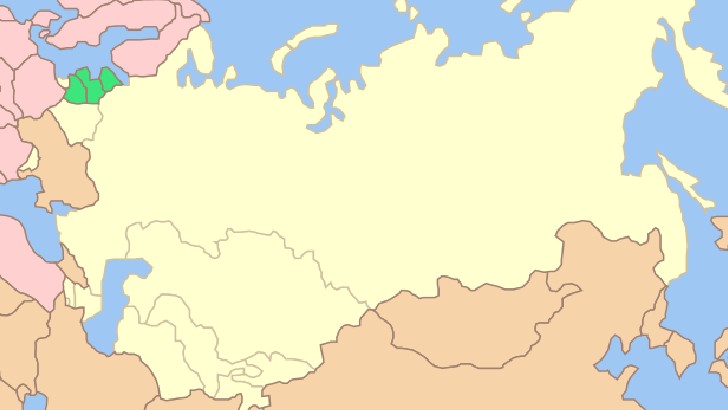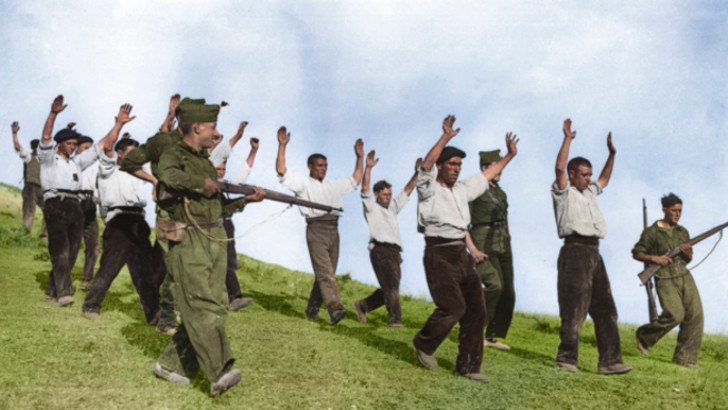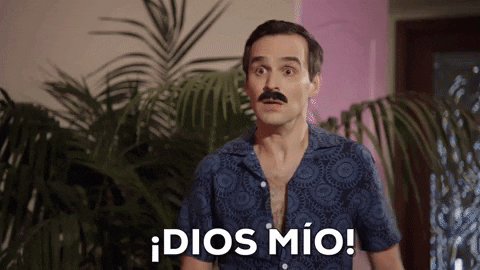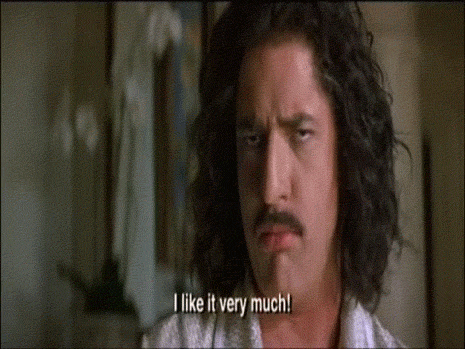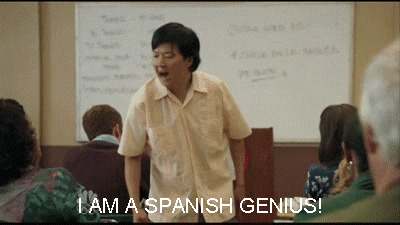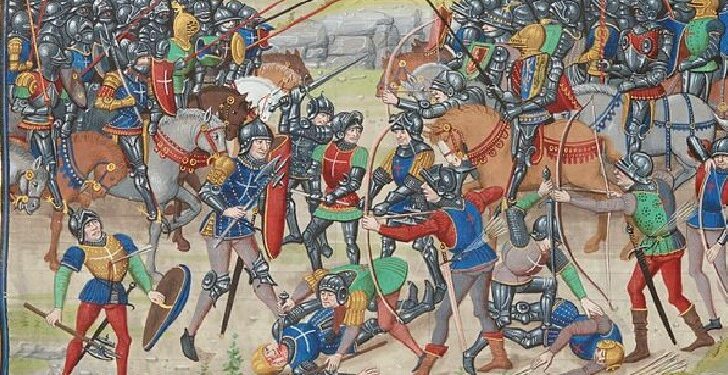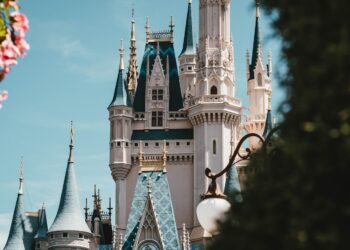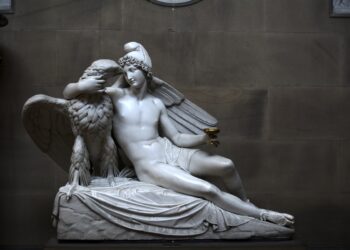See how much you know about Spanish history by taking this little quiz! Are you Ready to put your knowledge to the test?
What nation destroyed Spain’s “Invincible Armada,” which comprised 150 ships and 18,000 troops, in 1588?
England
When the Spanish Armada was defeated in 1588 off the coast of France, it had met its match in the English naval force. The Armada acquired the “invincible” reputation due to the fleet’s circumferential sailing, which made it hard to assault. The Spanish invasion was stopped by Lord Charles Howard and Sir Francis Drake, who successfully commanded a campaign against the Armada with the help of unfavorable winds.
In 1588, what country defeated Spain’s “Invincible Armada,” which consisted of around 150 ships and 18,000 soldiers?
Francisco Franco
A Nationalist victory brought an end to the Spanish Civil War in 1939. The party’s leader, Francisco Franco, overthrew the democratically elected Second Republic and ruled Spain as a dictator. He suppressed the media, free expression, and religion (other than Catholicism) throughout his 36-year dictatorship and set up a police network that spied on people.
What kingdom did Spanish adventurer Francisco Pizarro establish the city of Lima in?
Incan Empire
The Incas were overthrown by Francisco Pizarro, who was in South America when Cortés was in North America. Atahualpa, their leader, was assassinated by him, and as a result, Spain conquered Peru and made Lima its capital.
What worldwide event, regarded as the greatest of its type, occurred in Barcelona in 1992?
Olympics
With 9,300 athletes from 169 nations competing, the 1992 Olympic Games in Barcelona are regarded as one of the most successful modern Olympic events. Barcelona’s beaches, parks, and connectivity were all upgraded during the Olympics.
What was the name of Spain’s prosperity in the 1960s, when its rate of economic development was second only to Japan’s?
Spanish Miracle
From 1959 through 1974, the “Spanish miracle” under Franco quickly developed the economy to affluence. The global oil crisis of the 1970s brought an end to this period of economic development across all industries.
Who was the “protector of the Holy Roman Empire,” also known as “the Prudent”?
Philip II
The main objective of Philip II was to halt the growth of Protestantism. The ultra-Catholic king held several positions. In addition to ruling Spain, he held the thrones of Naples and Sicily, Portugal, and, via his wife, England and Ireland.
Which two countries joined forces in 1479 through a royal nuptial to become the Kingdom of Spain?
Aragon & Castile
By becoming married, Queen Isabella and King Ferdinand finally united the kingdoms of Aragon and Castile. The Pope personally gave them the title of “Catholic King and Queen” in a ceremonial ceremony.
Which Spanish area did Spain NOT lose to the United States during the Spanish-American War?
The Canary Islands
Many of Spain’s former colonies fought for and achieved independence at the turn of the 19th century. Additionally, at the turn of the 20th century, Spain had ceded additional territories to the United States due to the Spanish-American War, including Cuba, Guam, Puerto Rico, and the Philippines.
What year did Spain become a democracy under the leadership of King Juan Carlos?
1978
Spain transitioned from a dictatorship to a democracy with the death of Franco. The nation adopted the Spanish Constitution in 1978, which guaranteed all democratic freedoms—including freedom of speech, press, and religion.
Spain fought numerous wars in the 1700s, 1800s, and 1900s. What did NOT belong among them?
War of Spanish Succession
Hundred Years’ War
Between the 14th and 15th centuries, England and France fought most of the Hundred Years’ War.
What conflict between Christians and Muslims came to an end with the conquest of Granada in 1492?
War of Spanish Succession
Reconquista
The Reconquista was a century-long series of conflicts that pitted Christians and Moors against one another. Since the eighth century, the Moors had governed the peninsula, but by the fifteenth century, they had lost control.
“Change can be good if you combine audacity with safety,” which is the prime minister of Spain of 2021 that quoted this?
Pedro Sánchez
Pedro Sánchez was first appointed as the Secretary-General of the Spanish Socialist Workers’ Party in 2018. He campaigned on a socially liberal and moderate platform but eventually shifted to the left.
Which great explorer left for the New World in the late 15th century with Queen Isabella’s support?
Christopher Columbus
Christopher Columbus boarded the Santa Maria after receiving 20,000 maravedis from Queen Isabella and set off for the New World. In 1492, he “discovered” it.
What was the goal of the Catholic Monarchs’ establishment of the Tribunal of the Holy Office in the fifteenth century?
Spanish Inquisition
The Spanish Inquisition, which lasted for several centuries, from 1478 to 1834, was created to purge heretics. In actuality, it facilitated the consolidation of authority at the top inside the newly united Kingdom of Spain.
Which people group invaded Spain after the Visigoths in 500 AD and gave it the name “al-Andalus”?
Moors
The local Maghrebine Berbers were referred to as Moors. The name was applied to everyone Muslim with a dark complexion in Europe.
What medieval country was founded in 1137 and later governed by Ferdinand II?
Aragon
Later, the medieval Kingdom of Aragon would develop into the independent nation-state of Aragon. Landlocked, the Ebro river divides it, and the Pyrenees are its highest point.
El Cid, revered as a national hero in Spain, liberated which city from the Muslims?
Valencia
El Cid, a national Christian hero of Spain who retook Valencia from the Moors and controlled it until his death in 1099, was regarded as the “embodiment of knightly honor” in the 11th century.
In the 1980s, Spain joined two international organizations after moving away from fascism.
NATO & EU
In the 1980s, Spain joined two influential international organizations. The nation entered the North Atlantic Treaty Organization (NATO) in 1982 and the European Union in 1986.
What was the earliest culture to occupy Spain, dating back to 1800 BC?
El Argar
The El Argar civilization flourished in the Iberian Peninsula when gold, silver, and bronze were found there, reaching its apex between 1700 and 1000 BC. The people of the Mediterranean traded these priceless metals.
Which two groups engaged in the Spanish Civil War before World War II?
Republicans and Democrats
Democrats and Nationalists
Nationalists and Republicans
Nationalists and Republicans
The early 20th century saw turbulence throughout Europe, including Spain, as fascism and communism rose to prominence. The Nationalists opposed the Republicans in the Spanish Civil War of 1936, backed by fascist nations like Germany and Italy (supported by communists like the Soviet Union).
Dios Mio! You don’t know anything about the Spanish history.
Great work! Care to try again?
Excellent! You are a Spanish history genius!
[giveaway id=12098]
